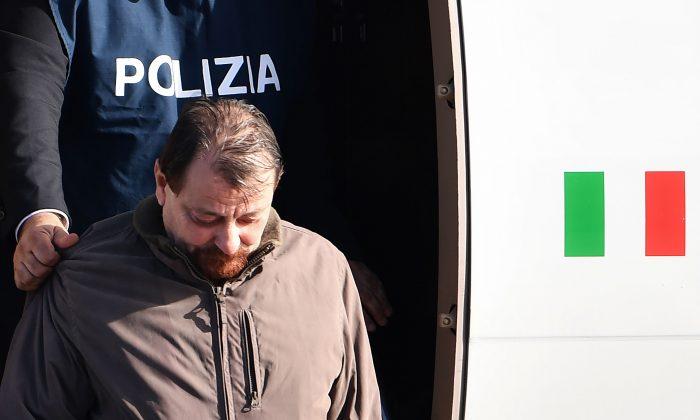Italians do violence better than anyone else. They take pre-existing Hollywood genres and give them an extremist twist. Two genres in particular were irrevocably changed after Italian film-makers got their hands on them: horror and the western.
The latter genre, of course, was retitled the spaghetti western to distinguish it from the classics of John Wayne and John Ford.
Spaghetti westerns were characterised by strong, often mercenary, male heroes, a disregard for human life, an anti-moral outlook, and badly dubbed dialogue. They took the western and plumbed its depths, focusing on near-superhuman feats of gunslinging, and the bitter, dirt-filled existence of cowboys, outlaws, Mexicans and whores.
It’s a kind of hippie western, clearly influenced by the slow motion carnage of Sam Peckinpah, but infused with a contemplative, meditative atmosphere.
Nero plays the usual lone gunslinger cleaning up a town from an evil gang, but he’s a long-haired Jesus-like figure given to questioning his motivations. He’s joined by spaghetti western veterans Woody Strode and William Berger for this unusual and powerful film that only weakens in its closing third, with a badly judged shoot-out. It’s also marred by an interminably proscriptive song-based soundtrack that spells out the plot for those that can’t keep up.
Unusually, it’s set in Mexico and follows a gringo, Bill Tate (Lou Castel), as he hooks up with an outlaw group led by the enigmatic El Chuncho (Gian Maria Volonte). But why is Tate so keen to help the group with their pillaging? And why does he have one gold bullet in his valise?
The film is surprisingly subtle, with superb performances from the whole cast, and remarkable period detail. It plays out as a love story between El Chuncho and Tate, and offers no easy answers for the audience in its unpredictable denouement. It’s a landmark work that should be viewed as equal to the classics of Sergio Leone. It also features Klaus Kinski playing a mad priest (who can resist Kinski playing mad?) and is worth seeing for his performance alone.
[etRating value=“ 4.5”]





